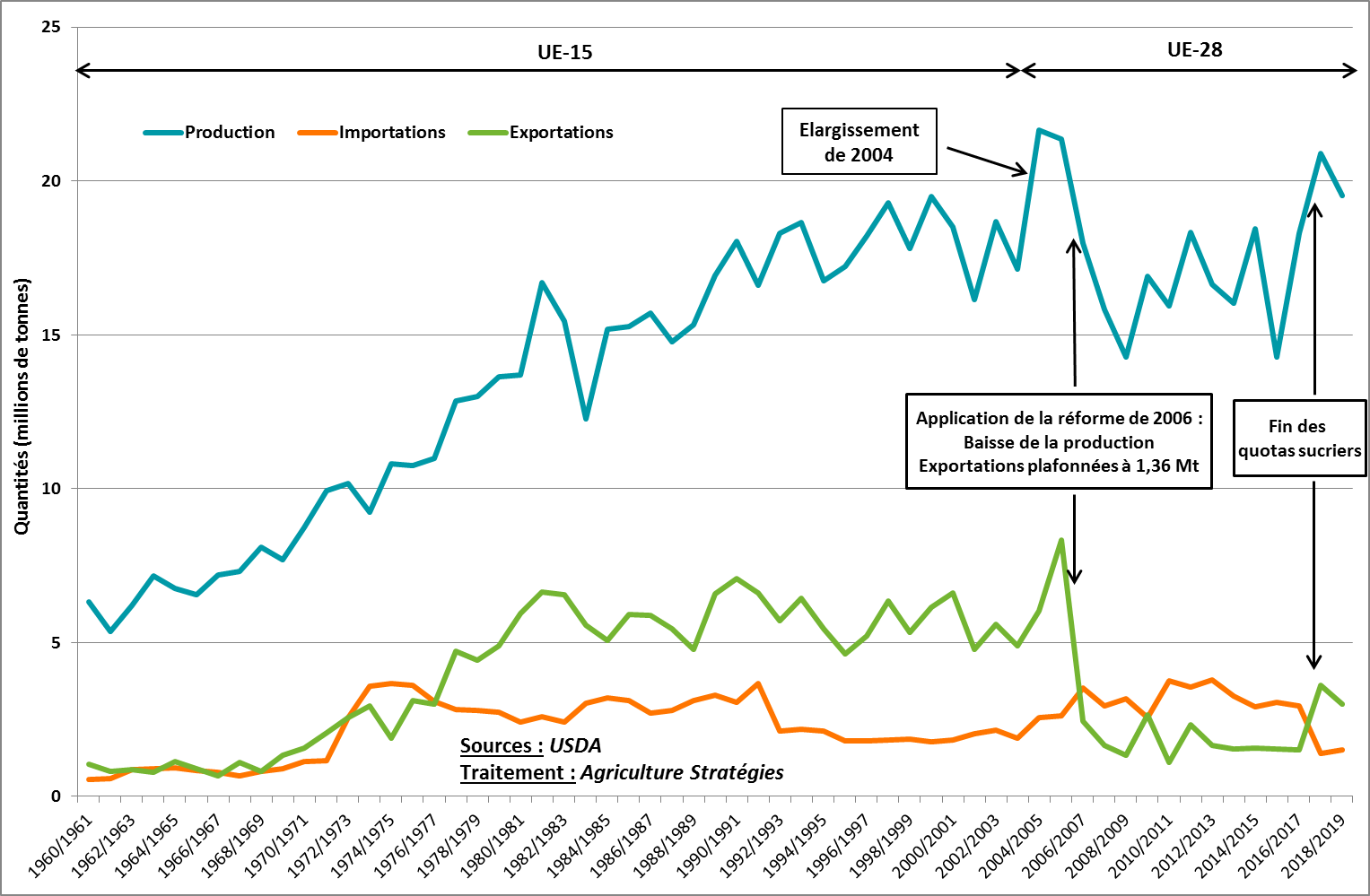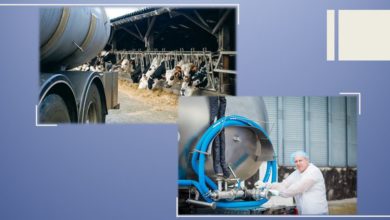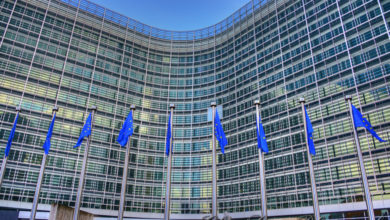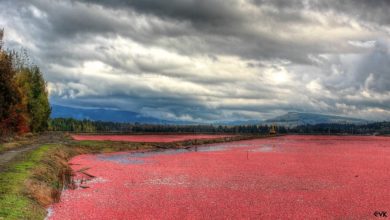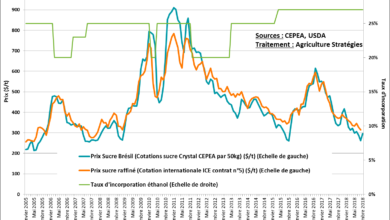
The Directorate-General for Agriculture and Rural Development of the European Commission recently published a review study on risk management in agriculture1. As usual, this type of document does not present the Commission’s official position, yet it says enough on the rationales at work in Brussels’ thinking.
The document outlines the major risks confronting farmers and classifies them in a tripartite typology––normal risk, marketable risk and catastrophic risk. It also provides an overview of the various risk management tools potentially available to farmers by also reassessing direct decoupled subsidies and intervention mechanisms. Paradoxically, support for milk production reduction––although it represents the key measure attributable to Commissioner Hogan since the start of his mandate––is not mentioned, as is not the 430 million crisis reserve that still has not been used since its 2014 implementation.
The study also provides some insights on crisis and risk management policies in other world areas, especially in the United States. The DP-MPP program of counter-cyclical support computed on the margins of dairy farms, as well as the bases of crops programs (PLC, ARC and loan rates) that are also hinged on a counter-cyclical rationale are presented. And therein is the rub.
For the DG Agri, “the main criticism against counter-cyclical aid is the fact that farmers no longer perceive market signals and thus no longer adjust their production decisions to global market developments.” Such position, which is not new per se, calls for several reactions and analyses from our side, all the more so since counter-cyclical support is at the core of Momagri’s proposals.
The first remark is intended to remind us that the threshold to trigger subsidies, both in our proposal and in most US counter-cyclical systems, is set at a level lower than average production cost: this way, these subsidies are initiated when most producers are losing money or else are getting a small compensation for their production factors (work, capital and land). In addition, these systems are all based on historical references and price indexes to prevent the negative effects of optimization and to at least ensure that market changes are at the center of farmers’ production and marketing decisions.
The second remark is questioning the way the DG Agri is considering the causes of agricultural crises. By stating that “they do not perceive market signals”, is it saying that farmers are stupid because when facing low prices, they would produce less or something else? And this is exactly where we delve into the economic and agricultural thinking! Why? Because one of the sector’s key specificities is marked by two characteristics that explain overproduction crises. The first one is that agriculture is a “heavy industry”, since the fixed capital to be raised is huge. The second one is that agricultural production is a fragmented sector: there is a multitude of decision centers and farmers have little or no cooperation between them (and when such cooperation is initiated, the specter of competition law is there). As a result, when prices are low, it is not worth for farmers to decide on lowering production. The response to agricultural supply is asymmetrical: when prices rise, one boosts production, and when they fall, one continues to produce because one loses less than stopping production, and one waits that others cease production. In the end, bottom price cycles are all the more long-lasting and detrimental while public authorities wait to ease the adjustment of supply to demand.
These two combined characteristics are thus one of the key justifications for public intervention in agriculture. Yet, such view is not shared in the document since the solution put forward considers that farmers must adapt and answer to “market signals”, that is to say prices. Are we facing a denial of the reality of agricultural economics and of the justification of public intervention?
To illustrate what can be passed off as an incongruous situation, let’s take the example of another policy––road safety. One of its mission is making roads safe and secure by panels and lights to coordinate users and by safety barriers to limit losses of control by cars. This is one of the chief missions of that policy. If one applies the same self-exempting from responsibility rationale as that provided by the DG Agri, what are we getting? Panels, lights and barriers would be eliminated since they cut down the perception of real danger taken each driver, and thus leading him to take on too many risks by increased speed, which is one of the key causes of accidents. Car drivers must be faced danger signals, it is for their own good that they must not be helped!
This analogy is a way to highlight the self-freeing from responsibility by public authorities that have widely lost the sense of the justification of public intervention in their sector, or in other words, that are no longer able to differentiate the sovereign function and public good on one side from the defense of “partial interests”. This evil is radical and not only in the EU executive board.
Today’s CAP might have thus come to a point when getting out of a crisis could only come from a severe climate crisis in another major producing country and/or from weaker nations exiting the sector, which are by definition younger nations having larger investments and most innovative. We would therefore rely on heavens and on sacrificing a share of the population, what a strange idea of modernism! And to and by another paradox, at a time when we would want European agriculture moving according to markets, we can only see in the DG Agri’s opposition to counter-cyclical aid, the stumbling block to alter the CAP itself so that subsidies are paid according to markets and their signals.
Jacques Carles, Founder and chairman of Agriculture Strategies
Frédéric Courleux, Director of studies of Agriculture Strategies
1 https://ec.europa.eu/agriculture/sites/agriculture/files/markets-and-prices/market-briefs/pdf/12_en.pdf







